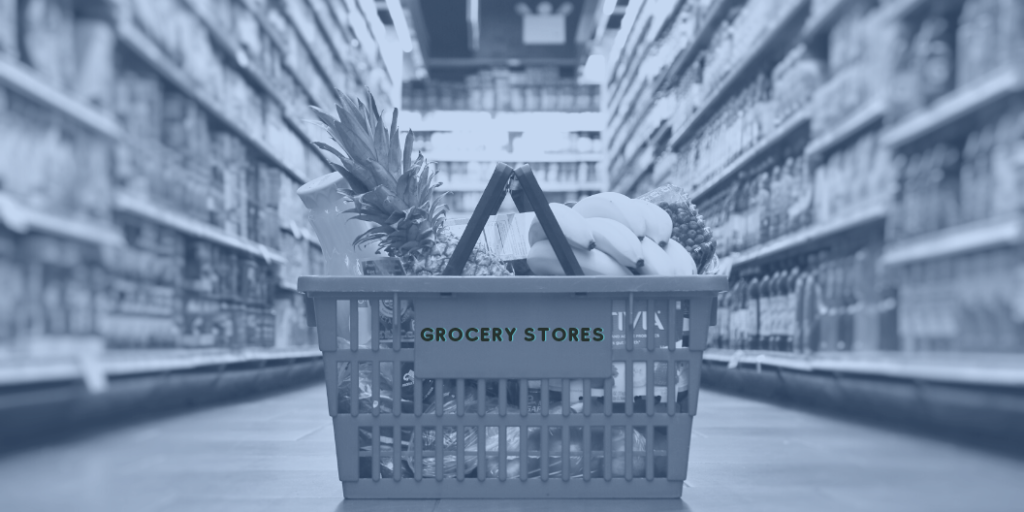While some businesses may prefer a one-size fits all pricing policy, with a set margin for all merchandise, that approach limits their ability to finesse sales and implement a real pricing strategy, while likely limiting profits on many items.
There are numerous ways to categorize products. One strategy we’ve seen used effectively, looks at the role that products play in a typical buyer journey and sets a pricing strategy for each of those roles. Traffic generators, which are used to get people to a store or website, may have one pricing strategy attached to it, while basket builders have a second pricing strategy, and product add-ons have a third strategy.
Pricing Your Traffic Generators
There are a few ways to view traffic generators, and different businesses will take their own approaches to these products. Simply put, these products grab the attention of your market, and drive them to your store. These may be new products, which offer consumers features they haven’t seen before, or items that are exclusively available at your store. In other businesses, low-priced well-known products may drive traffic as well.
These items require a special set of pricing rules and policies, because they are the ones that bring your traffic into the store. That doesn’t always mean that they need to be the lowest price on the market. Of course, if your trying to generate traffic with low prices, your traffic generators will have to be priced accordingly. However, if you sell unique merchandise, or offer features or services (such as training users how to use new features on their TV), you may choose a high-priced strategy to generate traffic.
Looking at Basket Builders
Basket builders are those products that keep retailers in business. When customers come to buy a camera, for example, basket builders would include accessories like camera case, tripod, lenses, memory cards or spare batteries. An art gallery might consider frames or accent lights that would bring out the colors in the picture as basket builders. Meanwhile, for a grocery it might be the household staples that families need to buy every week or two.
Businesses need their traffic generator products to bring in the customers, but they need their basket builders to generate cross-sell profitability. These items should be priced differently than the traffic generators. Depending on the type of merchandise being sold, as well as market forces, these items may be sold at higher or lower margins. Developing a second pricing strategy for these items can help increase sales and enhance basket profitability.
Throwing in Some Add-ons
Add-on products are unrelated merchandise that customers might pick up as an impulse purchase. Clothing stores might offer seasonal socks, a shirt to match a suit, or umbrellas during the rainy season. Meanwhile, a pet store might try to get consumers to buy a new rock for a fish tank, or a chewable toy for a dog.
These products need a third pricing strategy, as the impulse to purchase is based on price, accessibility, and attractiveness of the offer. While consumers may be more willing to compare prices for their primary and basket-building purchases, impulse buys are choices they make in the moment, without running to another site or store before making the purchase.
Setting Pricing Strategy
Every retailer needs to develop a pricing strategy that works for their market, line of business, and location. The better they are at identifying buyer’s motivation for purchases, and measuring supply and demand, the better off they will be in developing their price strategy.








